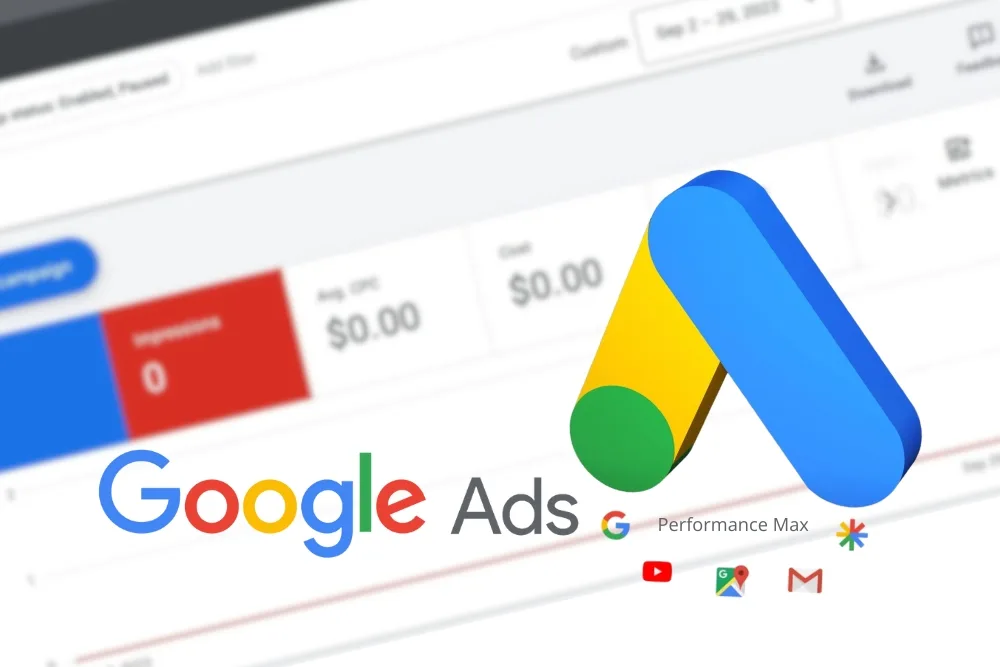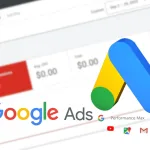Artificial intelligence (AI) continues to redefine digital marketing, and one question will arise across the advertising community: Is AI Max the end of manual optimization in Google Ads? Google’s introduction of AI-powered campaign types, particularly Performance Max (often called AI Max), marks a massive change in how campaigns are managed and optimized. While it promises greater efficiency, automation, and performance, it also raises concerns about transparency, control, and the future of manual strategies.
In this article, we discuss the evolution of Google Ads, the capabilities of AI Max, and what it means for marketers and businesses that have long depended on hands-on optimization techniques.
The Evolution of Google Ads – From Manual to Machine Learning
Google Ads started as a platform focused on keywords and manual bidding, with advertisers tweaking copy, targeting, and bids to fine-tune performance. Over time, tools like automated bidding, responsive search ads, and smart campaigns gradually moved advertisers toward more machine-assisted setups.
Performance Max campaigns, introduced by Google in late 2021, took automation to the next level. These campaigns adapt AI to automatically place ads across all of Google’s platforms, including Search, Display, YouTube, Gmail, and Discover, within a single campaign. Advertisers simply provide creative content and audience guidance, while Google’s AI determines the optimal time, format, and placement to maximize performance.
What Exactly Is Performance Max (AI Max)?
Performance Max, or AI Max as it’s often called in digital marketing circles, is designed to simplify campaign management and maximize conversions. Here’s how it works:
- All-in-One Placement: One campaign delivers ads across Google Search, Display Network, YouTube, Discover, Gmail, and Maps.
- Asset-Driven: Advertisers provide a library of images, videos, headlines, descriptions, and logos.
- AI-Driven Optimization: Google’s machine learning selects the best combination of assets and placements to drive performance.
- Audience Signals: Advertisers can give the system guidance by adding first-party data, customer lists, or interest groups, but final targeting decisions lie with the algorithm.
- Goal-Based Campaigns: Advertisers choose objectives like lead generation, online sales, or store visits, and the AI aims to achieve those goals using automated insights.
The Benefits of AI Max
AI Max brings some undeniable advantages, especially for advertisers seeking scale and efficiency. These benefits include:
1. Time-Saving Automation
Manual optimization of multiple campaign types can be time-consuming. AI Max eliminates the need to individually manage search, display, and video campaigns.
2. Cross-Channel Optimization
AI Max automatically allocates budget and impressions to the highest-performing placements, whether that’s a YouTube pre-roll ad or a search result on Google.
3. Real-Time Adjustments
Machine learning allows for continual testing and adjustment of creatives, bids, and audiences in real-time, something difficult to achieve manually.
4. Improved Reach
With access to Google’s full suite of platforms, advertisers can expand their reach without building separate campaigns for each channel.
5. Smart Creative Assembly
Using its asset bank, AI Max assembles ads in multiple formats based on what works best for different users and devices.
For small and medium businesses with limited time and expertise, AI Max offers a powerful way to stay competitive in the digital space.
The Limitations and Risks
While Performance Max offers numerous advantages, it also comes with certain limitations, raising ongoing questions about whether manual optimization is truly outdated.
1. Lack of Transparency
One of the biggest complaints about AI Max is the black-box nature of the campaign. Advertisers can’t see which keywords triggered their ads, which placements converted best, or how their budget was split across platforms.
2. Limited Control
Advertisers who are used to tightly controlling bids, negative keywords, and placement exclusions may feel restricted by AI Max’s limited levers.
3. Dependence on AI
AI can make mistakes, especially with new campaigns that lack historical data. Blindly trusting the algorithm without oversight can waste ad spend.
4. Difficulty with Brand Safety
While Google does have safety measures in place, AI-driven campaigns can sometimes appear alongside inappropriate content or on low-quality websites.
5. No Manual Segmentation
Segmenting campaigns by product lines, regions, or audience types for granular testing becomes more difficult under the AI Max framework.
These issues highlight the continued importance of human oversight and manual tactics, especially for advanced advertisers with complex objectives.
Is Manual Optimization Over?
The rise of AI Max doesn’t necessarily signal the end of manual optimization, it signifies a shift in how optimization is approached.
What’s Changing:
- Bidding strategies: Manual CPC is giving way to smart bidding models like Maximize Conversions or Target ROAS.
- Keyword control: With fewer keyword insights, brands need to depend more on audience signals and landing page experience.
- Creative testing: Rather than A/B testing individual ad copies, marketers must test asset combinations and observe performance trends.
What’s Still Needed:
- Strategic planning: AI can execute, but it doesn’t set goals, define KPIs, or align campaigns with broader business objectives.
- Asset creation: AI Max only works as well as the assets it’s given. High-quality copy, visuals, and video still require human creativity.
- Audience insights: Understanding who your customers are and how they behave remains a marketer’s job.
- Campaign segmentation: For businesses with complex product catalogs or region-specific messaging, segmenting campaigns manually may still be preferred.
In short, while AI Max takes care of execution, strategy still depends on human input.
So, is AI Max the end of manual optimization in Google Ads? Not entirely.
AI Max marks a significant advancement in digital advertising automation, but it’s not a single solution. Successful marketers will use their capabilities while staying aware of their limitations, adapting their strategies to ensure optimal results. Manual optimization isn’t dead, it’s developing. The role of marketers is turning from micromanagers to strategists, creatives, and analysts. By combining automation with human expertise, businesses can unlock the full potential of Google Ads in the AI phase.
Start by understanding the tools, testing new formats, and keeping your human touch sharp. Because even in the age of automation, marketing still needs a human touch.




